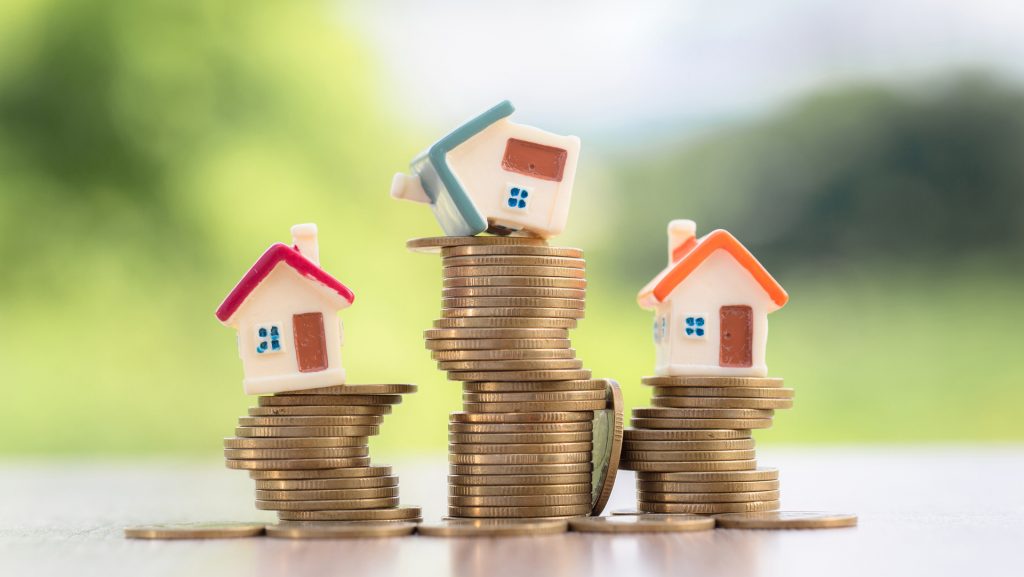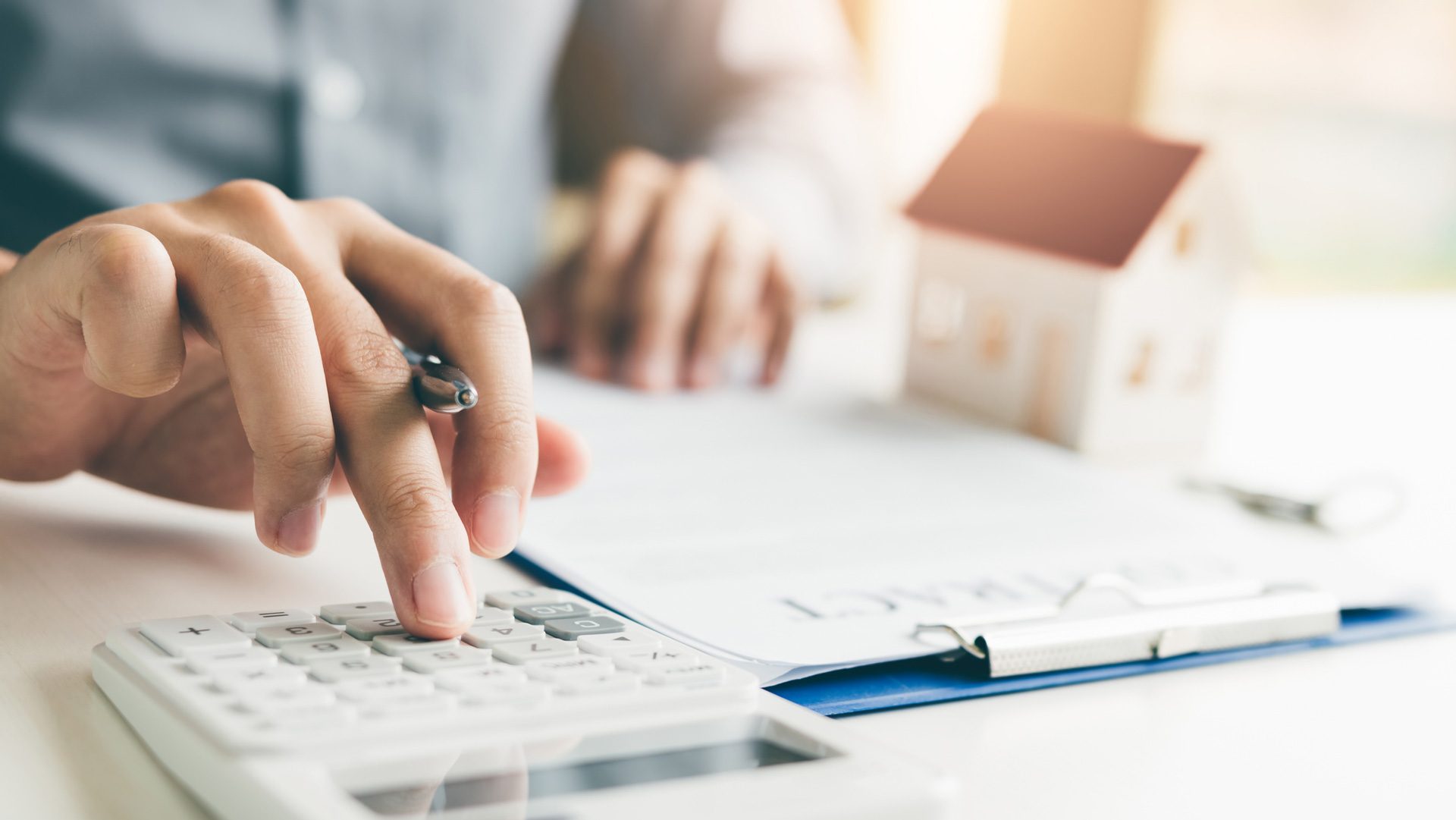August 25, 2020
If you’re buying a property in England and Northern Ireland, you’ll be liable to pay stamp duty. The amount of stamp duty (or to give it its full name, stamp duty land tax (SDLT) ) you’ll pay is calculated on the sale price of the property. The stamp duty rules can be confusing and change regularly, which means it can be challenging to calculate exactly how much you owe.
In this article, we answer some of the common questions buyers and sellers have about stamp duty, including the stamp duty holiday recently announced by the Chancellor of the Exchequer. Whether you’re taking your first step on the property ladder or have moved multiple times, our guide to stamp duty includes everything you need to know.
What is stamp duty?
Stamp duty land tax is a tax that you may be liable for if you are buying a home in England and Northern Ireland. History fans may be interested to know that stamp duty was introduced in 1694 to fund a war against France. Once you’d paid the tax, you actually received an official stamp on your documents!
You are liable to pay Stamp Duty Land Tax when you:
- buy a freehold property
- buy a new or existing leasehold
- buy a property through a shared ownership scheme
- are transferred land or property in exchange for payment, for example, you take on a mortgage or buy a share in a house
We describe how to calculate the total stamp duty amount below, but it’s based on the final sale price of your home.
You’ll have to pay HMRC the stamp duty land tax within 14 days of the completion of your property purchase, but usually it is something your solicitor takes care of for you.
When calculating the total costs of purchasing a new property, you should ensure you’ve got enough money to pay your stamp duty bill. Whilst you can always add the figure on to your mortgage payment, it is worthwhile factoring in these costs when deciding a budget for your new home.
What are Stamp Duty thresholds?
Stamp duty is only charged if the property you are buying costs more than the threshold (with some exceptions, which we cover below). The current thresholds are:
£500,000 for residential properties
£150,000 for non-residential land and properties
If your property costs less than the current thresholds, then there’s no SDLT to pay.

How much stamp duty will I pay?
If the final sale price of your property is above the thresholds outlined above, then you will need to pay. Here are the current amounts you’ll need to pay:
- Residential property up to to £500,000 – 0%
- The next £425,000 (the portion from £500,001 to £925,000) – 5%
- The next £575,000 (the portion from £925,001 to £1.5 million) – 10%
- The remaining amount (the portion above £1.5 million) – 12%
If your property is above the threshold, you’ll need to get the calculator out. Here’s an example of how to calculate the stamp duty on a property.
If the property you are purchasing costs £600,000, you would be liable to pay £5,000 in SDLT. You’re not charged any SDLT on the first £500,000 and 5% on £100,000.
To make it as simple as possible to calculate your SDLT, HMRC has created this easy to use stamp duty calculator.
If you are buying a leasehold property, or are a first-time buyer, the amount you pay will be slightly different. These calculations can be complicated, so we recommend that you use HMRC’s SDLT calculator to get the most accurate figure.
What’s the stamp duty holiday?
In July 2020, the Chancellor Rishi Sunak temporarily lifted the SDLT thresholds from £125,000 to £500,000. The popular policy is commonly called the stamp duty holiday because it means the majority of purchasers won’t pay a penny in tax.
The average house price in the UK is £230,000 – which means instead of facing an SDLT bill for £2,100 there’s nothing to pay.
The Chancellor has described the stamp duty holiday is a temporary measure and will come to an end on 31 March 2021.
When the Stamp Duty holiday ends on 31 March, the rates revert to the previous SDLT thresholds on 1 April 2021 which are:
- Up to £125,000 – 0%
- The next £125,000 (the portion from £125,001 to £250,000) – 2%
- The next £675,000 (the portion from £250,001 to £925,000) – 5%
- The next £575,000 (the portion from £925,001 to £1.5 million) – 10%
- The remaining amount (the portion above £1.5 million) – 12%
Do I get a first-time buyer discount?
In ‘normal’ times, you would – but currently, there’s no first-time buyer relief because the thresholds are already higher.
From 1 April 2021, it’s expected that the first time buyers stamp duty relief will remain in place. This means that first-time buyers who are purchasing their first home won’t pay stamp duty on the first £300,000.
Do I pay SDLT if I am purchasing a second property or buy-to-let?
The stamp duty rates here only apply if you’re purchasing another home (in legal terms, your primary residence).
If you already own a home and are purchasing another (to use as a holiday home or let out, for example), you are required to pay an extra 3% on top of current SDLT tax rates.
As an example, if the property you are buying costs £150,000, you will be required to pay £4,500 in stamp duty.
Any more questions?
We know that calculating stamp duty can be complicated, particularly as the thresholds and rates are changing – so let us help. Our experienced professional staff can help you with all aspects of your property purchase, including calculating your stamp duty. Contact us today to start the journey to your new home.

